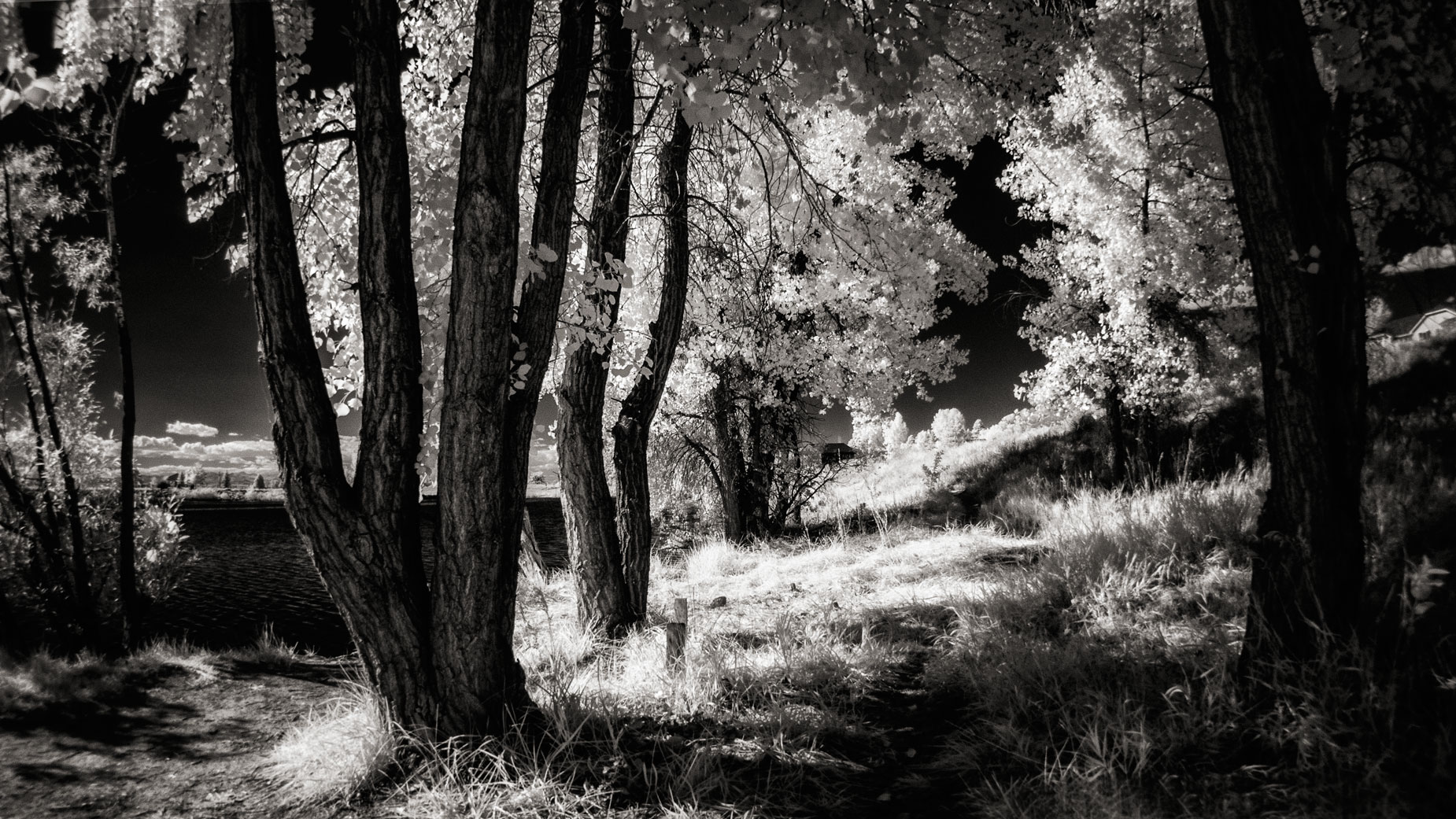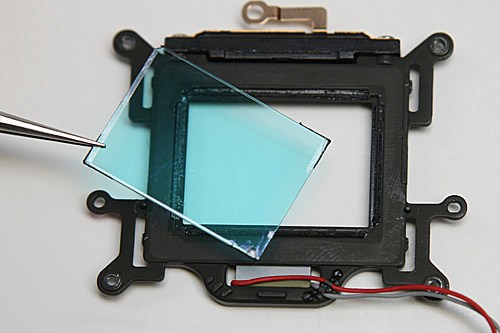Today’s Post by Joe Farace
“Black and white creates a strange dreamscape that color never can”. — Jack Antonoff
A digital camera’s sensor typically sees light in wavelengths ranging from 350 to 1,000 nanometers. (A nanometer is a metric unit of length that’s equal to one billionth of a meter.) Your eyes, on the other hand, see a much narrower range of light from approximately 400 to 700 nanometers. The visible band of light is adjacent to the infrared that has longer wavelengths and lower frequencies and the ultraviolet with shorter wavelengths and higher frequencies.
Most digital cameras have a low pass—aka anti-aliasing—filter that’s installed in front of their sensor to let low frequency light that’s visible to the human eye pass through to the sensor where it’s captured but blocks light from infrared and ultraviolet spectrums (the high and the low end wavelengths) from polluting a photograph’s color. As early Leica M8 owners quickly discovered, this piece of glass is important for maintaining maximum color fidelity.

How I made this photo:This image was inspired by the work of Paul Gustave Doré (1832 –1883) who was a French artist, illustrator and sculptor. He, in turn, inspired the backgrounds that Willis O’Brien (1886-1962) created for the 1933 film of King Kong, which in turn influenced me. This image was made in the wooded area around Bingham Lake, a quiet oasis that’s enjoyed by hikers, mountain bikers, dog walkers and photographer like me.
The above image was made with a Panasonic Lumix G5 that had been converted for IR capture by LifePixel, using their Standard IR (720nm) filter that’s equivalent to Hoya’s R72 Filter or a Kodak Wratten 89b filter. The lens used was a borrowed Leica M-Mount Voightlander Super Wide-Heliar 15mm f/4.5 Aspherical III. It was attached to the camera with a Fotodiox M to Micro Four-thirds adapter. The Av exposure was 1/640 sec at f/16 and ISO 400. The RAW image file was processed using Silver Efex, toned in PhotoKit with the Glamour Glow filter from Color Efex added for some infrared glow.
Doing an Infrared Conversion
How different companies accomplish their IR conversions varies but it usually goes something like this:
 After removing an external housing, a technician will remove the internal Low-Pass Filter that prevents infrared and ultraviolet light from striking the sensor. The filter is then replaced with a high quality glass or quartz filter that meets the specific filtration specifications you requested. There are many different options available for this filter depending on the company that you use to make the conversion. Check their websites for details.
After removing an external housing, a technician will remove the internal Low-Pass Filter that prevents infrared and ultraviolet light from striking the sensor. The filter is then replaced with a high quality glass or quartz filter that meets the specific filtration specifications you requested. There are many different options available for this filter depending on the company that you use to make the conversion. Check their websites for details.
Something to think about: Your infrared conversion company may ask you to send a lens along with the body so they can adjust focus to make sure the camera focuses just as well as it did before conversion. I must confess I’ve never done this with the six conversions I’ve had from three different companies but that may not have been a good idea. Nevertheless that was my choice. If you are a perfectionist, you might want to go for it.
